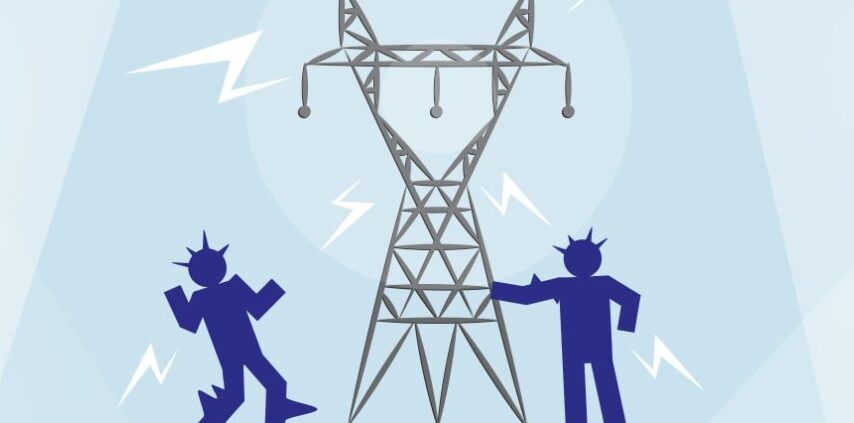Electrocutions caused by cranes coming in contact with overhead power lines are among the leading causes of death on construction sites. The secret to staying safe around power lines is vigilance. A seasoned operator knows to assume all lines are energized unless otherwise verified.
Crew members operating near power lines should be wellversed in the OSHA regulations. When assembling, disassembling, or operating a crane near power lines, the agency advises extra caution.According to the Electrical Safety Foundation International, overhead power lines were responsible for 36% of all electric-related workplace deaths between 2011 and 2017.The majority of deaths were caused by a lack of electrical safety experience.
Crane Accidents:
Cranes and machinery getting too close to or colliding with power lines continues to cause accidents, injuries, and deaths in the crane industry. Electrocutions happen far too often with used industrial equipment in Houston and other big cities due to a lack of safety measures.When it comes to any project involving overhead power lines, it is critical to hire an operator with thorough safety training, job expertise, and experience.
Two Main Safety Measures
There are a couple basic safety measures that one should take when working around power lines. These safety measures include the following:
- Clearance distance: It is important to keep clearance distance for cranes and take safety measures while operating used heavy machinery near power lines.
- Safety training: Crane operators as well as others who work on the site but aren’t directly involved in crane operations will benefit from training.
Measures to Take Before Operations Begin:
If the overhead power line has not been de-energized, the operator must define the work zone in one of two ways before operations can begin. Mark boundaries with flags, a range-limit unit, or a range-control alert device that prevents the equipment from working outside those limits. The work zone can also be defined as the area 360 degrees around the machinery, up to the machine’s maximum width.
You should figure out whether any part of the equipment will get closer than 20 feet to a power line inside the determined work zone using the equipment’s maximum working radius.If not, you are good to go and don’t need to do anything else. If the equipment is going to be within 20 feet of a power line, you or your employer must meet the following guidelines:
- Confirm with the utility owner that the power line at the jobsite has been de-energized and clearly grounded.
- Maintain a 20-foot clearance at all times. Implement at least one of the OSHA-recommended steps to ensure that no part of the equipment, load line, or load, including rigging and lifting accessories, gets closer than 20 feet to the power line.
- Determine whether any part of the equipment, load line, or load will come closer to the power line than the minimum clearance distance approved.If this is the case, the employer must ensure that no part of the equipment, load line, or load gets closer to the line than the necessary clearance distance.
In Case of a Worst Case Scenario:
If an accident happens and a crane comes into contact with an energized line, the crane operator should remain inside the cab.By moving the crane in the opposite direction, one can try to detach it from the line.If the crane cannot be pushed away from the line of communication, the operator should remain in the cab until the lines are de-energized.
Since the ground around the crane may be energized, all other workers should stay away from the crane, ropes, and load. If it is safe to do so, stay in the cabuntil help arrives. However, if you have to get out of the cab, leap out and land with your feet together, not hitting the ground or the vehicle at the same time.



